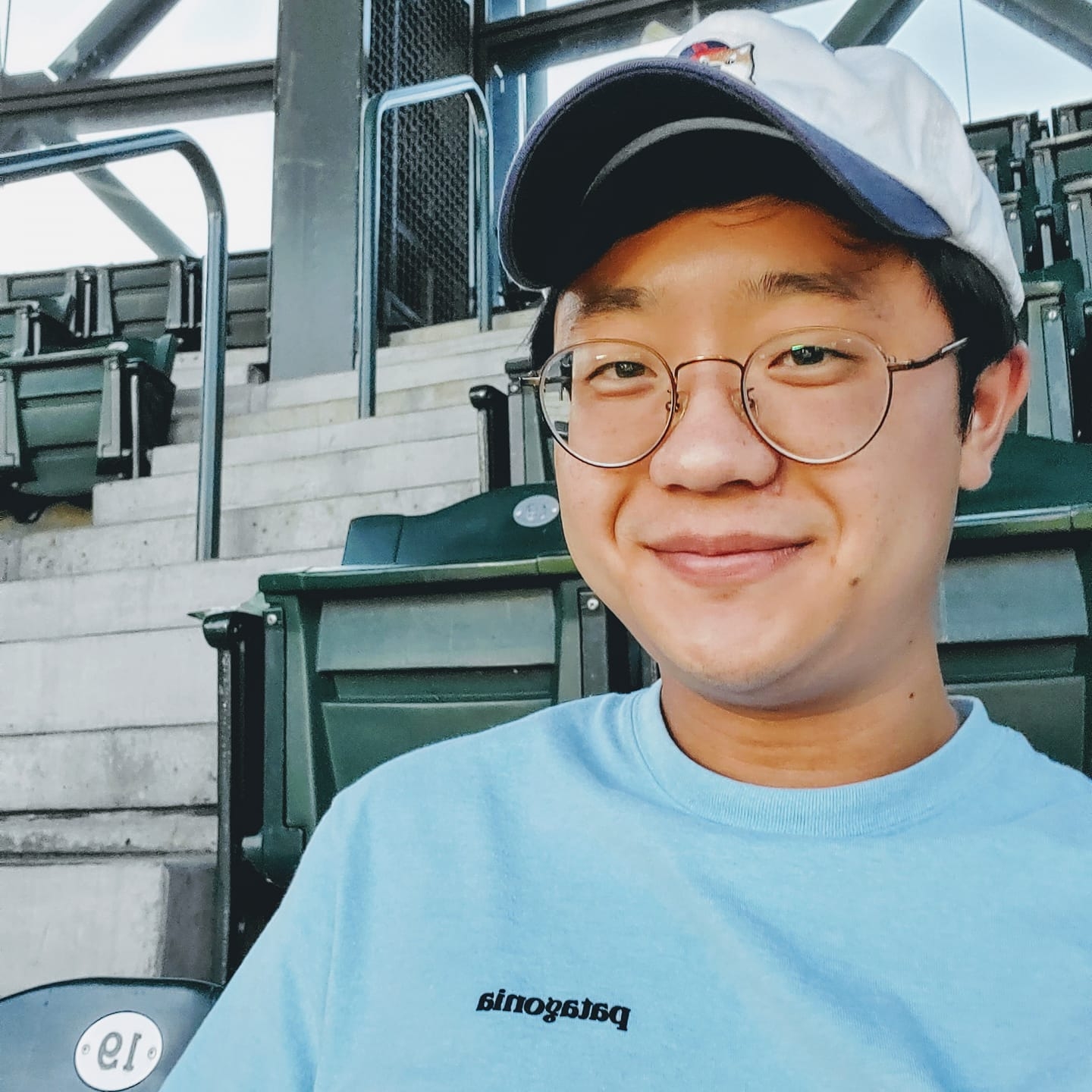Impossible Maps : Spaces, People, and Counter Mapping
This post is my response to the following resources.
- William Whyte’s The Social Life of Urban Spaces
- Victoria Okoye’s blogpost(s) as a coda to that conversation and a bridge to future conversations: http://africanurbanism.net/speculative-infrastructures-at-the-urban-margins/
- Counter (Mapping) Actions: Mapping as Militant Research
One insight I got from these readings is that people and spaces are undetachable. Neither can exist by itself, rather those two entities form a mutual relationship. A space gathers people. People utilize spaces. With this notion of mutuality, I found it very interesting that we seldom see maps on which both the physical spaces and the people (or a group, a community of people) are potryaed together. The direct observation method by mapping introduced in The Social Life of Urban Spaces seemed like an interesting approach to studying this unique relationship between people and spaces. The list Whyte provides as the characeteristics of succesful open public spaces surprised me. Without the context at which it was introduced, the list seemed more like a list of basic human needs. Below is the list,
- Sittable Space
- Street (with businesses)
- Sun
- Food
- Water
- Trees
- Triangulation (people observing something
Another observation that struck me was that people seemed to share a similar perceptions or understandings of a space such as a shared “intuition of perceived capacity” of a plaza. In some sense, people had a mental map of the sitting places avilable yet nobody ever created a map of these sitting places available. How is this even possible?
In regards to Victoria Okoye’s blogpost, I wonder if the situation with urban infrastructure maginalization could be counter-mapped. If we consider the gathering of people also as an infrastrcuture of the society, then we should also be able to map such an infrastructure on a map just like any other infrastructure like sewage, water piepes, and etc. Going back to the ‘a space gathers people’ idea, I felt like being able to articulate where people or communities come together is essential to understanding both the space and the people, and counter-mapping seems like a reasonable approach.

